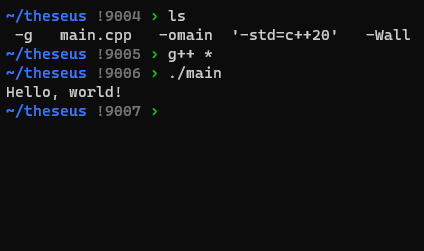

The main problem is that dynamic linking is hard. It is not just easier for the maintainers of the languages to ignore it, it removes an entire class of problems.
Dynamic linking does not even reliably work with C++, an “old” language with decades of tooling and experience on the matter. You get into all kind of UB when interacting with a separate DSO, especially since there are minimal verification of the ABI compatibility when loading a dynamic library. So you have to wait for a crash to be certain you got it wrong. Unless you control the compilation of your dependencies, it’s fairly hard to be certain you won’t encounter dynamic linking related issues. At which point you realize that, if the license allows it, you’re better off static linking everything, including the C++ library itself: it makes it much more predictable, you’re not forcing an additional dependency on your users and most UB are now gone (especially the one about raising exception across DSO boundaries, which can happen behind your back, unless you control the compilation of all your dependencies…).
That’s especially true if you are releasing a library where you do not know it’s runtime: it might be dynamically loaded via dlopen by a C++ binary that will load its own C++ library first, but some of your users use the version that is stuck on C++14 and your codebase is in C++23. This can be solved, by playing with LD_LIBRARY_PATH, but the application is already making use of it to load the C++ library it comes with instead of the one provided by the system (which only provides C++11 runtime), and it completely ignores the initial state of the environment variable (how could it do otherwise? It would have to guess the path to the libstdc++ is for a newer version and not the older one provided by the system). Now imagine the same issue with your own transitive dependency on top of that: it’s a nightmare.
So dynamic linking never really worked, except maybe for C when you expect a single level of dependency, all provided by the system. And even then that’s mostly thanks to C simpler ABI and runtime.
So I expect that is the main reason newer languages do not bother with dynamic linking: it introduces way too many issues. Look at your average rust program and how many version of a same dependency it loads, transitively. How would you solve that problem as to be able to load different versions when it matters but try first and foremost to load only one if possible? How would you be able to make the right call? By using semver? If nobody made any mistake why not, but you will rather be required to provide escape hatches that, much like LD_LIBRARY_PATH and LD_PRELOAD, will be misused. And by then, you only “solved” the simplest problem.
Nowadays, based on how applications are delivered on Windows and OSX, and with the advent of docker, flatpack/snap and appimage, I do not see a way back to dynamic linking anytime soon. It’s just too complicated of a problem, especially as the number of dependency grows.


On the topic of exposing sequence number in APIs, this has been a security issue in the past. Here is one I remember: https://www.reuters.com/article/us-cyber-travel-idUSKBN14G1I6/
From the article:
The PNRs (flight booking code) have many more security issues, but at least nowadays, their sequential aspect should no longer be exposed.
So that’s one more reason to be careful when exposing DB id in APIs, even if converted to a natural looking key or at least something easier to remember.